Last month, I parted ways with $3,000 to purchase and ship a tiny $258 car several thousand miles away from my home. I can’t wait to see my 1997 Honda Life and now that it has gotten a second inspection at port in Japan, I’m even more excited. My bargain basement car is in even better shape than I expected!
Imported car bans have been spreading across America for the past four years, so it might seem wild that I’m importing a car during these uncertain times. In a case of unfortunate timing, my state has secretly started banning imported cars, but that happened after I already paid for my little Honda. But you know what? I’m still stoked. I’ve never been a person to let anyone or the government stop me from having fun. Illinois will not stop me from enjoying my little car!
![]()
![]()
The process of getting a car to America from Japan is ridiculously slow. In my experience, the real fun starts late at night. Due to the time zone difference, it’ll be perhaps 11 pm where you’re at while your chosen car rolls across the auction block in Japan. If you win, you don’t pay right then and there. Instead, you wait a day or two for your importer or exporter to calculate your final fees. Depending on the service you choose, your invoice will include everything from the fee for the service to paying to have your car trucked to the port. Here’s what my invoice looked like:
 JCD
JCD
The Fun Of The Japanese Auction System
All of that is in yen, of course, but I first paid a 60,000 yen ($400 at the time) deposit to Japan Car Direct to gain access to the Japanese auction system. Once I had access, all I had to do was find a car I wanted and then give my auction agent the auction lot’s information. He then translated the condition sheets for me. If he thought the car was worth pursuing, he then asked me if I wanted to pay for an independent inspection for $20.
It should be noted that at first, you’ll get nothing but low-resolution photos. They’re just good enough to reveal major damage, but you can easily miss issues that get lost in the tiny, blurry image. For example, unless you have a really good eye for detail, you might miss paint peeling off of a car’s roof because the auction images are so low quality.
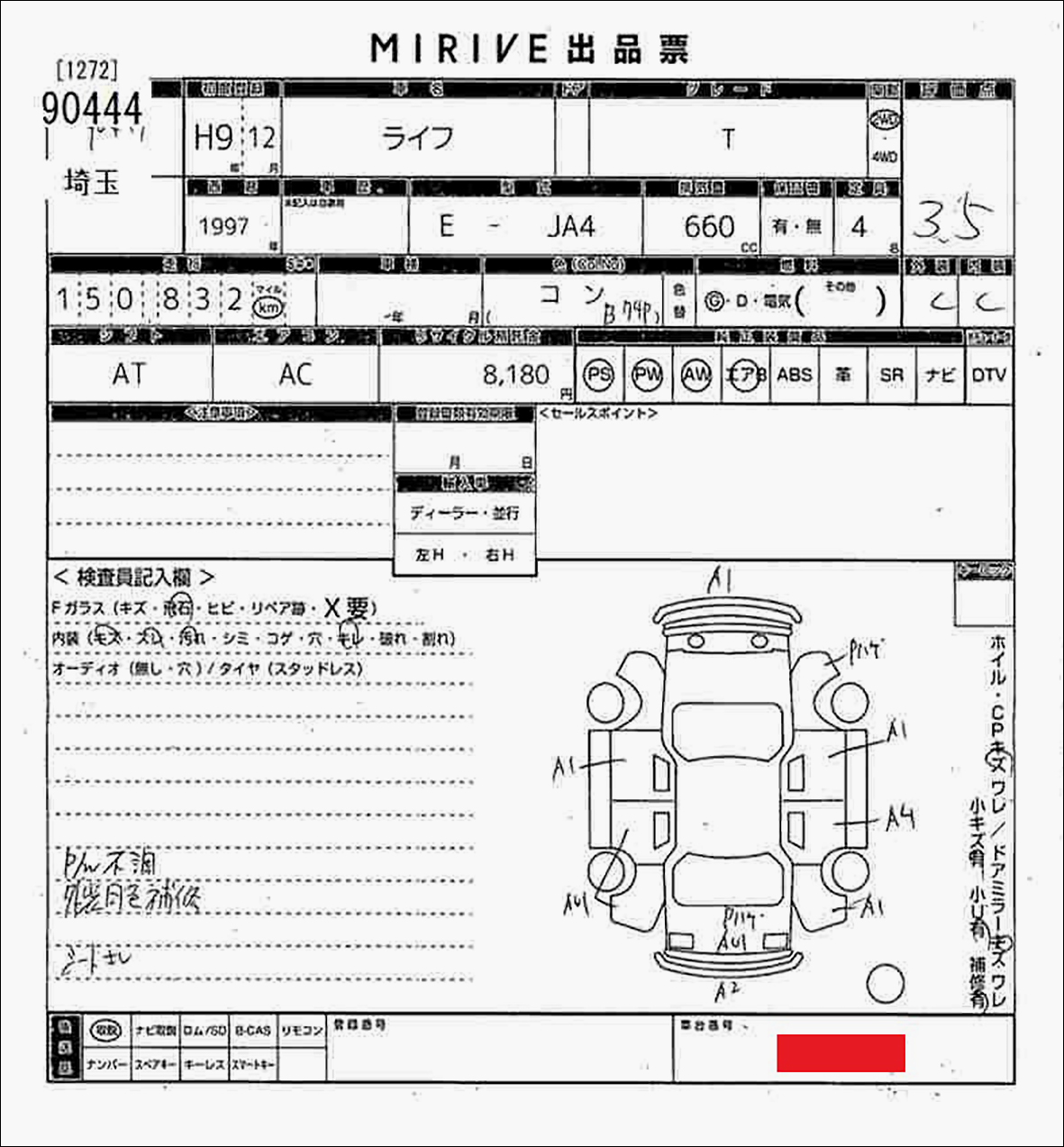 Mirive Saitama
Mirive Saitama
Most of the time, the original auction condition sheet is good enough to give you a decent idea of whether you’ll like the car or not. While these auction sheets are good, they are never perfect. The inspectors at the auctions will usually get more obvious damage correct, but either miss other damage or exaggerate what damage they do see. So, if the original auction sheet seems good enough, it’s probably worth paying the $20 for an independent inspection.In my case, the original inspection said that the car had “peeling paint” on the right fender and more peeling paint on the tailgate. The inspection also said that the car had a rear power window that did not work. My car was originally a borderline case to me. It was painted in a rare color, but paint peel and non-functional window regulators are both deal-breakers for me. I don’t want to immediately have to import a window regulator from Japan when I could just buy a car that already has working windows.
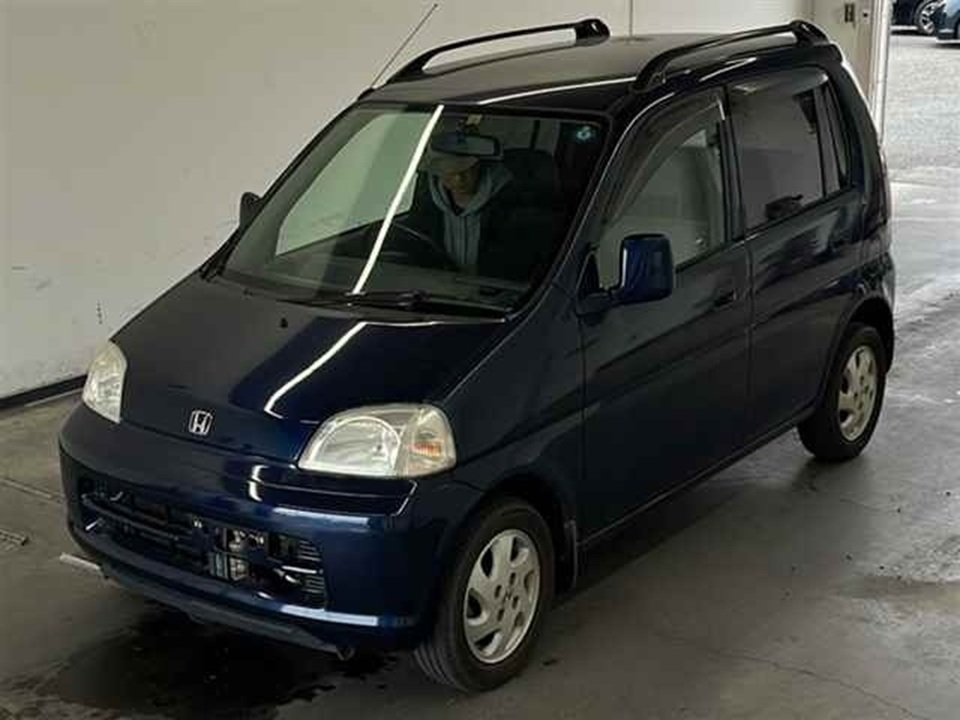 Mirive Saitama
Mirive Saitama
Still, I loved the car’s color, and I loved that it was a high trim model, so I paid for the independent inspection. This inspector clarified that the car wasn’t suffering from paint peel, but a very small patch on the fender where the clear coat began fading. There was another patch around the keyhole for the tailgate. But, important was the fact that the inspector believed the paint underneath was still in good shape. Okay, I can handle that!
Even better was what the independent inspection found inside the vehicle. The auction inspector said one window didn’t work. Well, the fella handling the independent inspection tested each individual window rather than just the driver switch panel. He found that every window actually worked great. The only problem was that the down button didn’t work for a single rear window on the driver door switch. That was pretty much all of the confirmation I needed that I just need to replace a switch, not a regulator.
Armed with the inspection in hand, I told my auction agent to bid up to $1,000. Amusingly, he didn’t need to go that far. I was the only bidder for this car at $258.
Even Better Than Expected
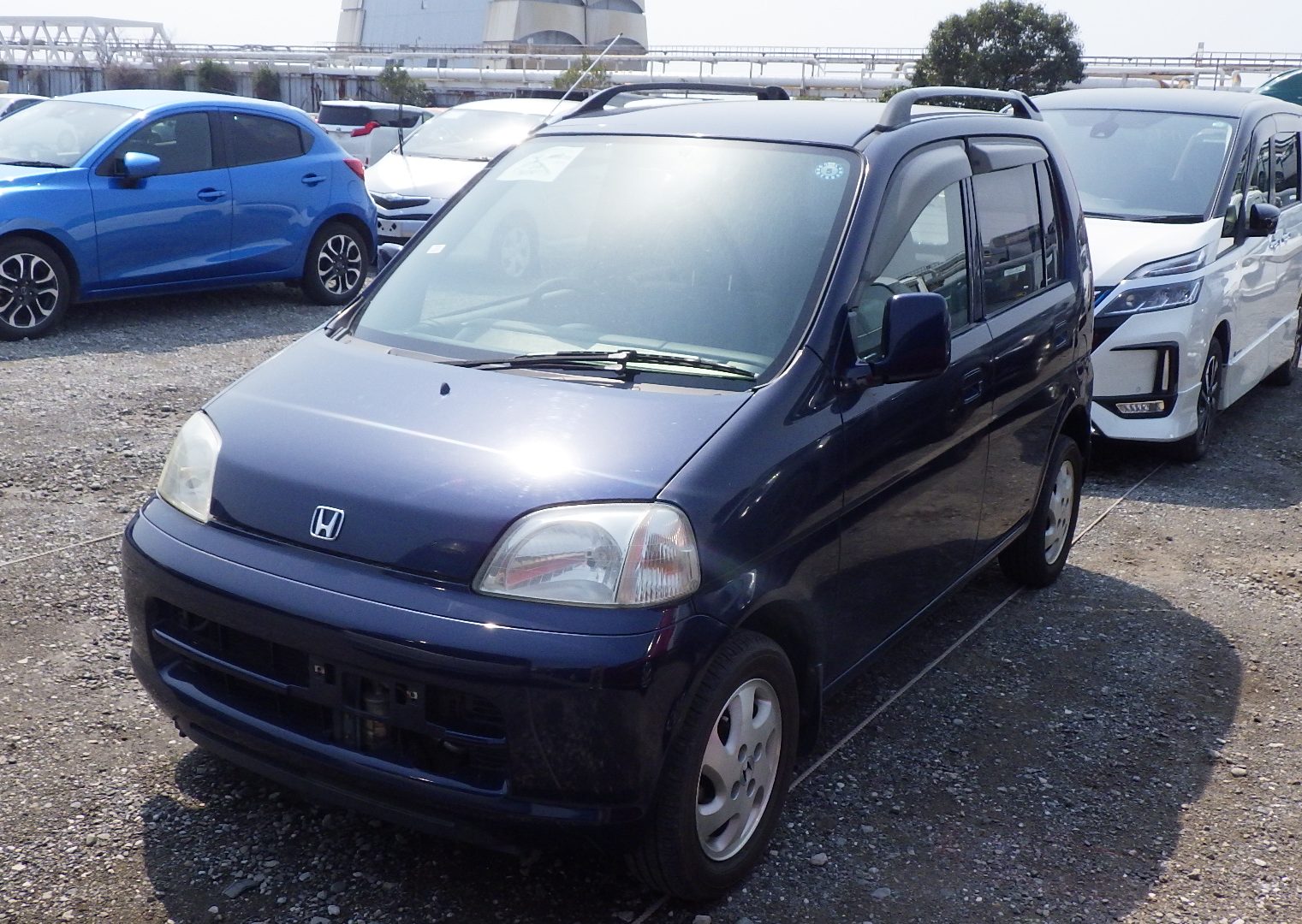 JCD
JCD
As I wrote before, Japanese taxing schemes make owning older cars a small fortune. Because of this, regular everyday Kei cars like my Honda Life are almost entirely unwanted by locals. The Honda Life isn’t exactly a JDM legend, either, so Americans also rarely care about them. Lots of auctions for cars like mine conclude with zero bidders and continue to get zero bids in auctions spanning over a month of time.
Now, some folks took issue with me saying that I bought my car for “only $258,” correctly noting that my final cost will be much more. Again, this is true! However, it’s not really much different than buying any other vehicle. My CFMoto Papio SS was $3,299, but the dealer quoted me an out-the-door price of $4,750 after freight charges and other fees. I negotiated them down to $4,500.
 JCD
JCD
When you buy a car from Bring a Trailer, the auction platform scrapes another 5 percent out of you. Then you have to pay for shipping. So, unless you’re buying cars from your local Craigslist, the purchase price is never the final price.
With that being said, even once you throw in the other charges, this is still a stupidly cheap car. If you include the initial deposit, I’ve paid $3,000 for my Honda Life. I’ll probably have $3,500 or $3,600 into it once I’m cleared to load the car onto a trailer. I could save even more money by just driving the car home from the port, but I’m going to do things the safe way due to the current climate in some states.
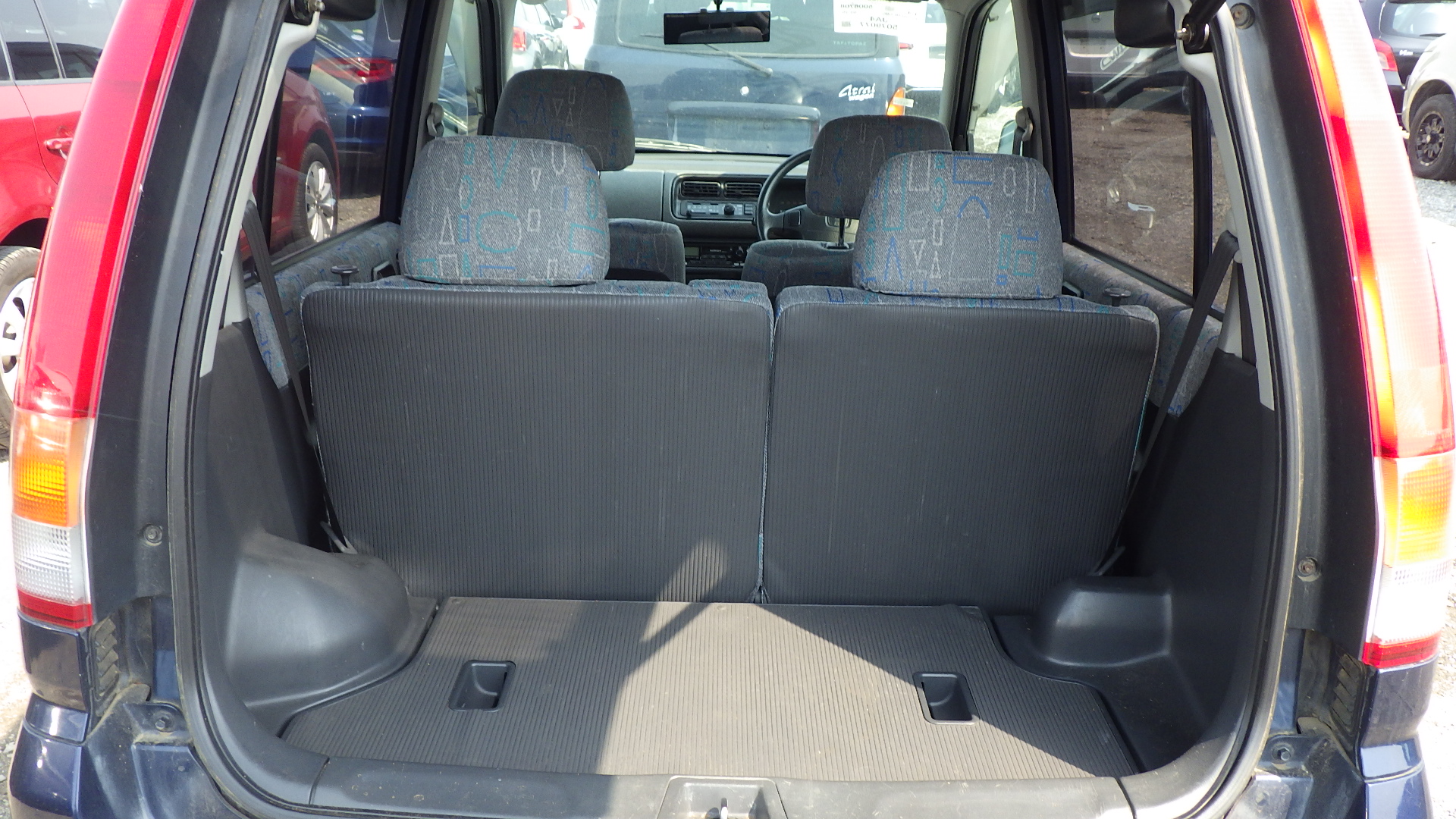 JCD
JCD
Anyway, once you’re all paid up, it takes up to two weeks for your exporter to get your car from a yard near the auction center to the port of departure. In my case, this took two weeks because transport trucks were all booked up due to Japan’s automakers making an end-of-quarter push to get units out.
But eventually, a truck did come by to pick up my car, and soon after, it arrived at the port. Now, as it awaits a roll-on/roll-off vessel to take it away to America, I finally have my first set of truly high-definition photos. Amazingly, the car is in even better shape than the independent inspection noted.
 JCD
JCD
One thing I was concerned about was the paint. The paint seemed to be shining in the auction photos. However, that is sometimes the case because some cars are wet when they get their photos taken. The port photos were taken with the car dry and in sunlight. Take a look at how decent the paint is!
I also got a good look at the clear coat fade on the fender. I’ve seen way worse clear failures repaired to look like they never happened, so I’m not worried about this.
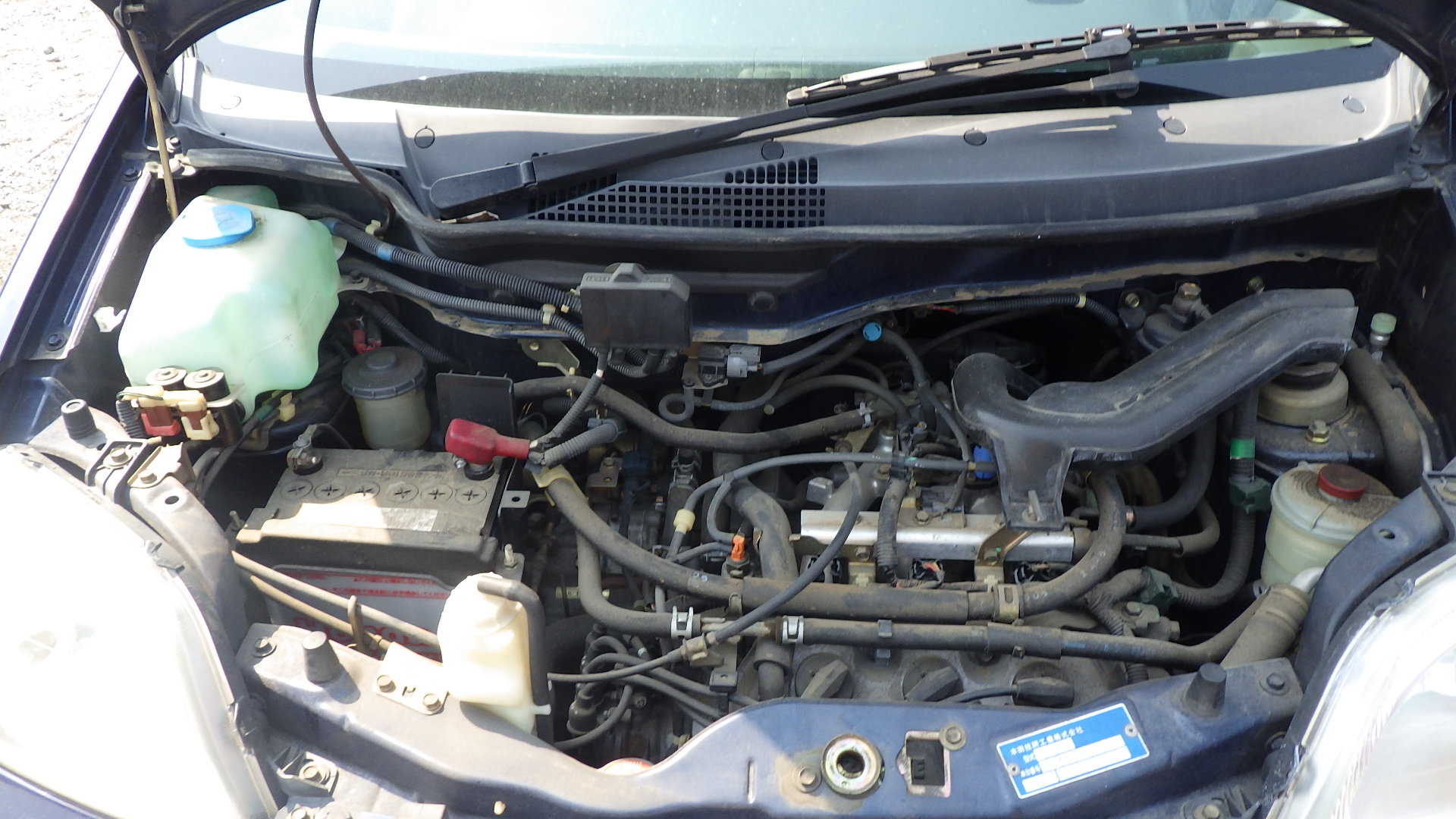 JCD
JCD
 JCD
JCD
I was also happy to see only surface rust on the vehicle’s underbody components. Cars in Japan can rust just as badly as cars in the American Midwest do, so this is great!The only big problem I noticed with the exterior is the fact that the tires are shot. If you zoom in on this photo, you’ll see some epic dry rot. I did know about this before I bought the car, and it’s probably another good reason why I’m trailering it home.
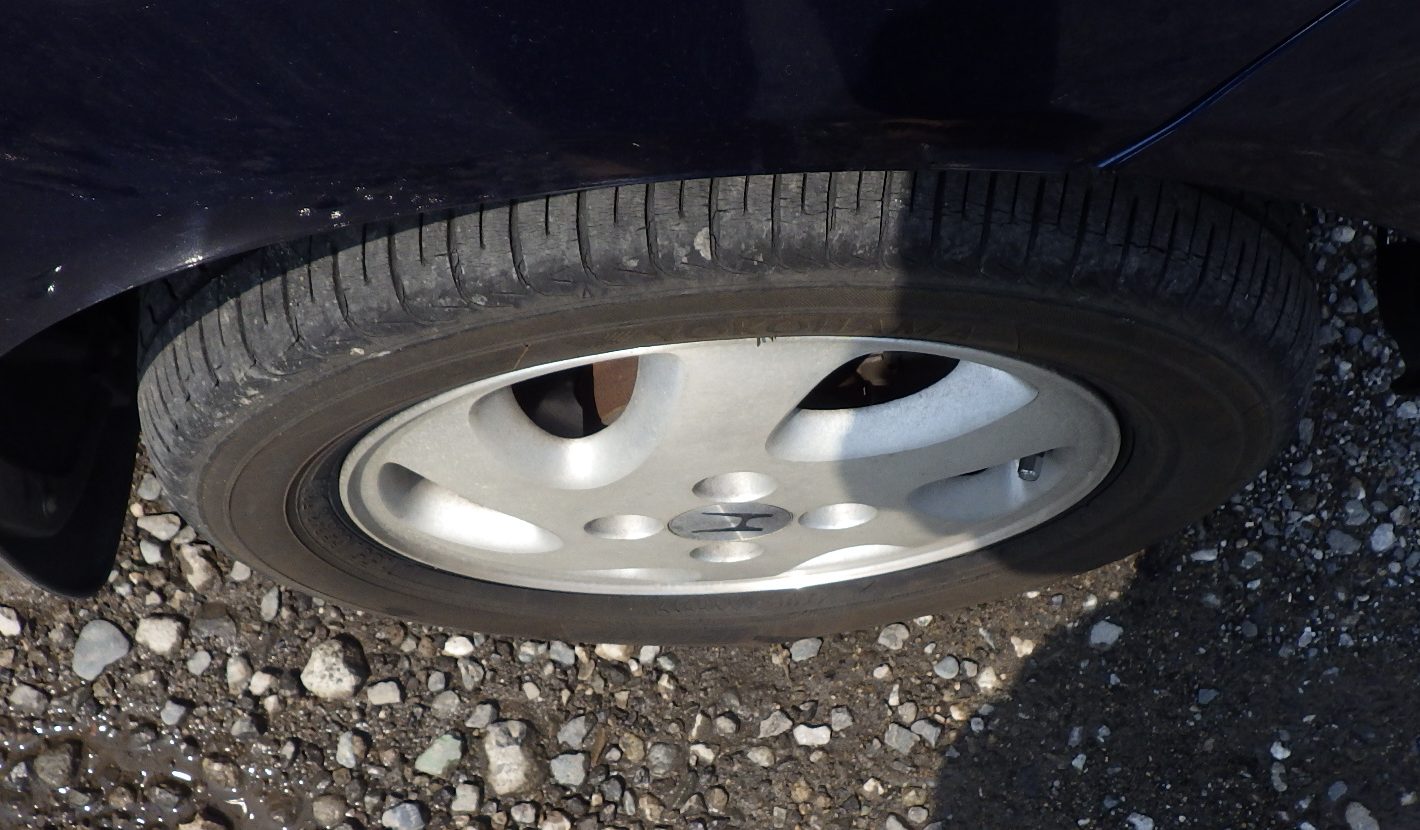 JCD
JCD
I’m also really happy with the interior photos. I’ve been told that the air-conditioner blows ice cubes and that the wear inside is pretty low. There’s just a tiny tear on a hidden area of the driver seat that should be easy to fix.
Look at the awesome tape deck! In my experience, these vintage Japanese car radios tend to run on only a few bands that are shared in the United States. I should have no problem getting tunes to work through my trusty FM transmitter.
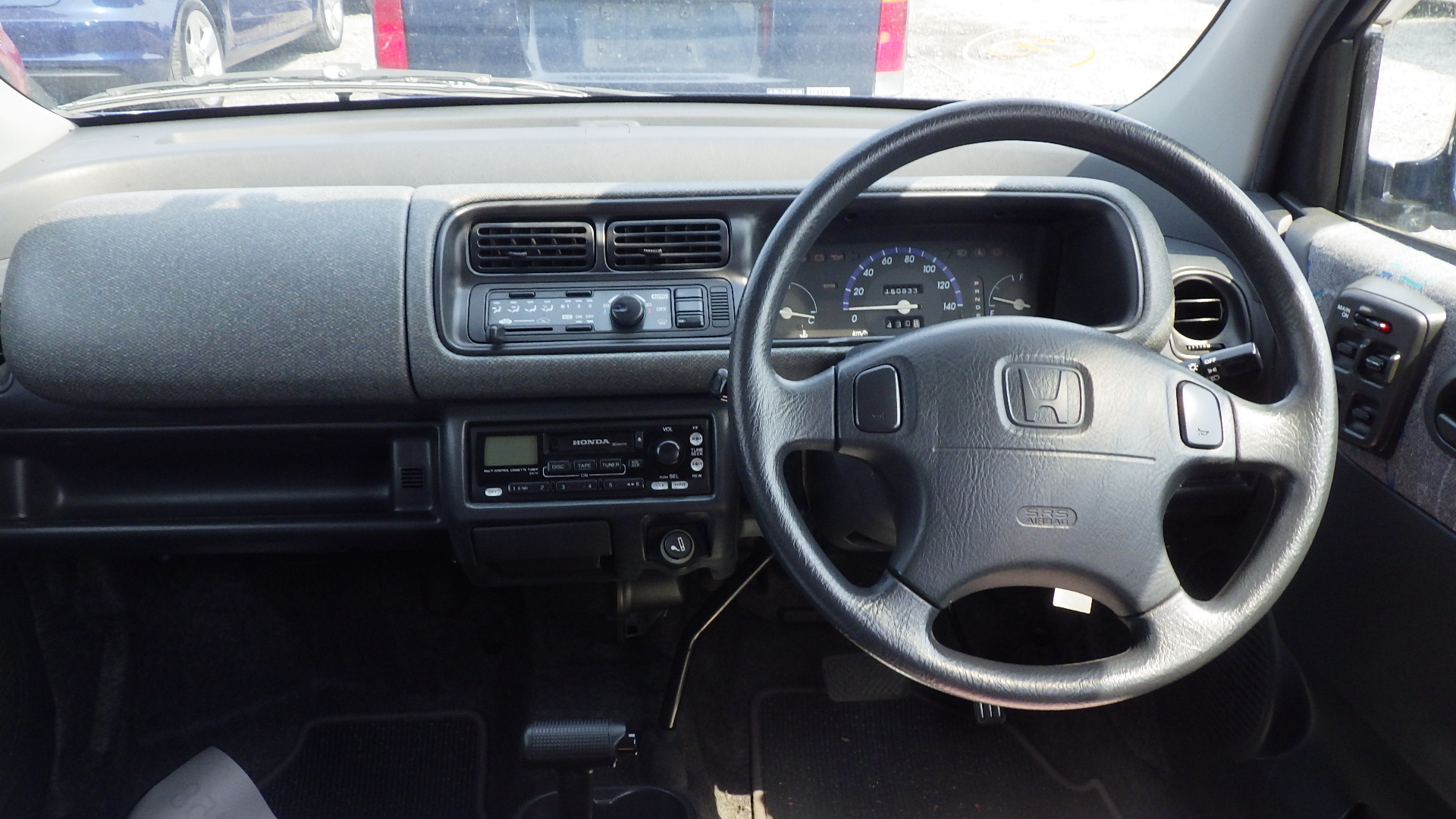 JCD
JCD
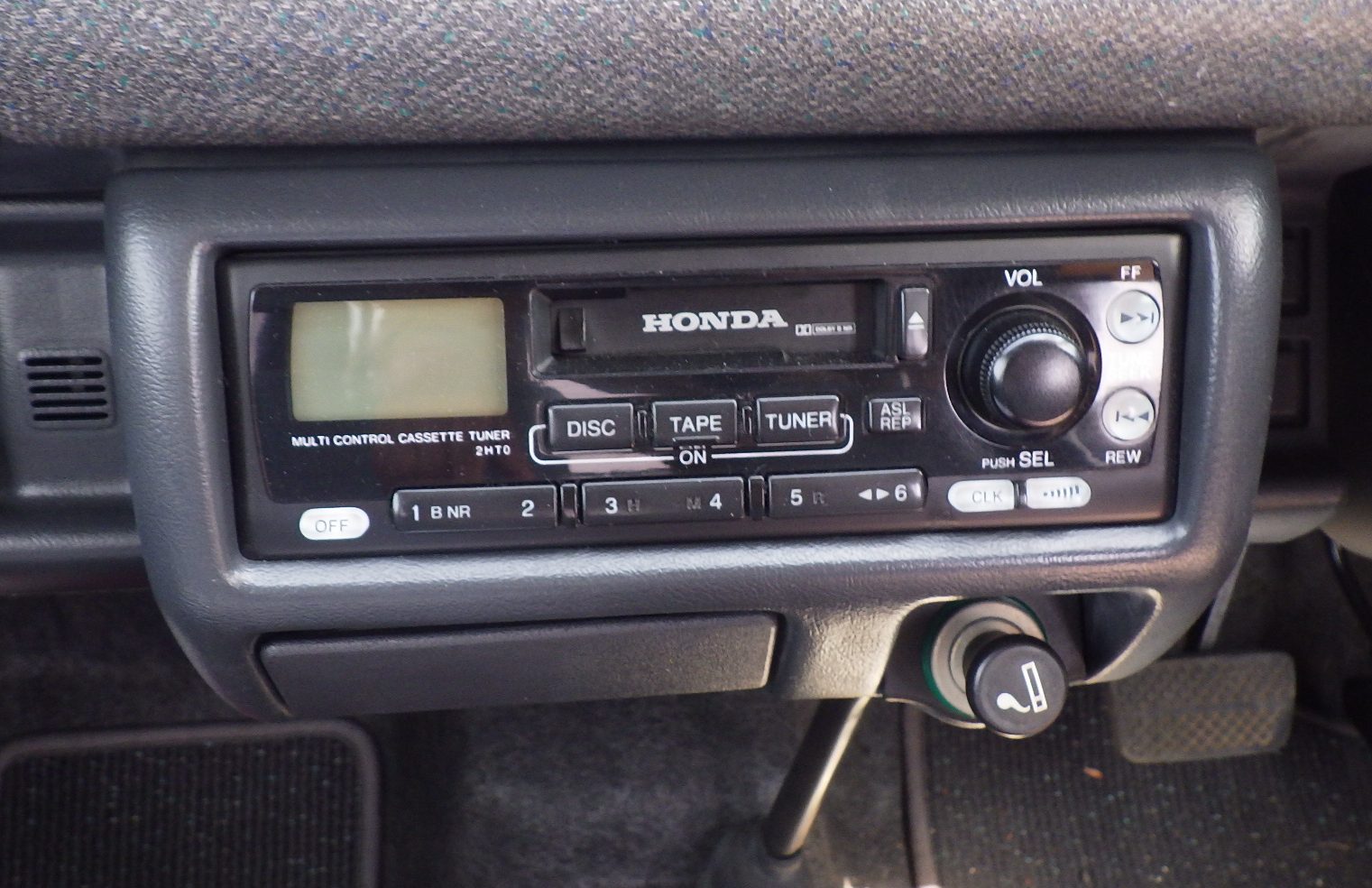 JCD
JCD
 JCD
JCD
The photos also confirm that I indeed bought a Honda Life T-Type, or the top trim level for 1997. Getting the sweet T-Type means factory roof rack bars, keyless entry, an automatic air-conditioner, and power windows. Sadly, my car’s keyless entry remote has been long lost, but that’s a project I’m excited to try to fix.
I did learn one additional thing about my car, and it’s that the seats fold nearly flat to make a lounge for two. That sounds so fun for a night of stargazing with my wife.
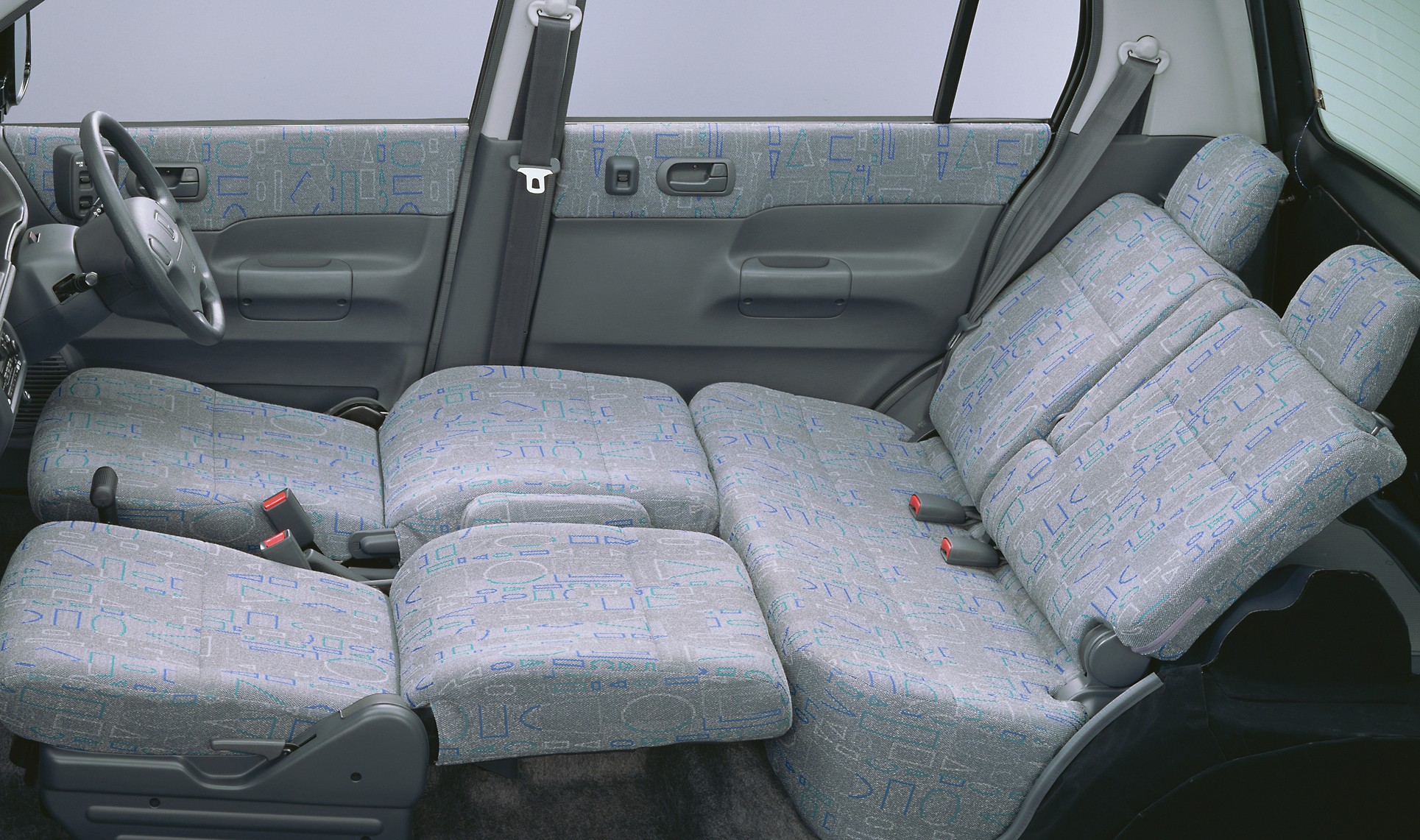 Honda
Honda
From here, I just have a lot of waiting to do. In the coming weeks, I’ll receive information about which ship my car will be on, and I’ll receive the documents I need to file in order to squeeze this little car through Customs. Hopefully, I’ll have the car here in Illinois within the next month and a half or so, where it will join me in the fight to legalize Keis.
It’s a fight worth having, too, because this car is going to be so fun to scoot around in.

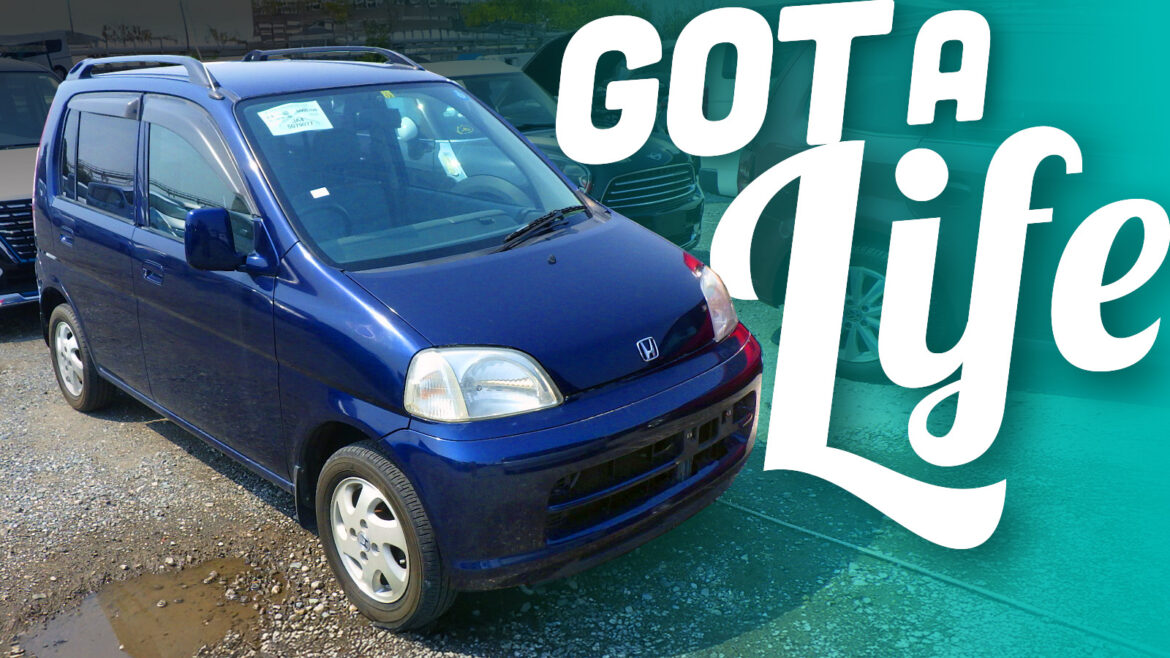
AloJapan.com